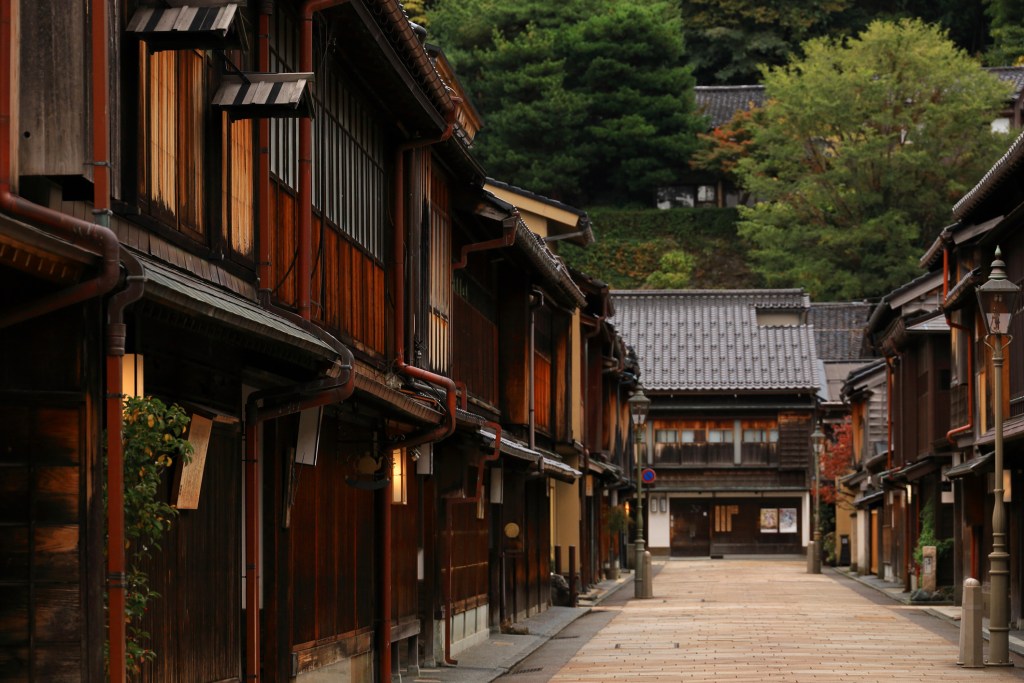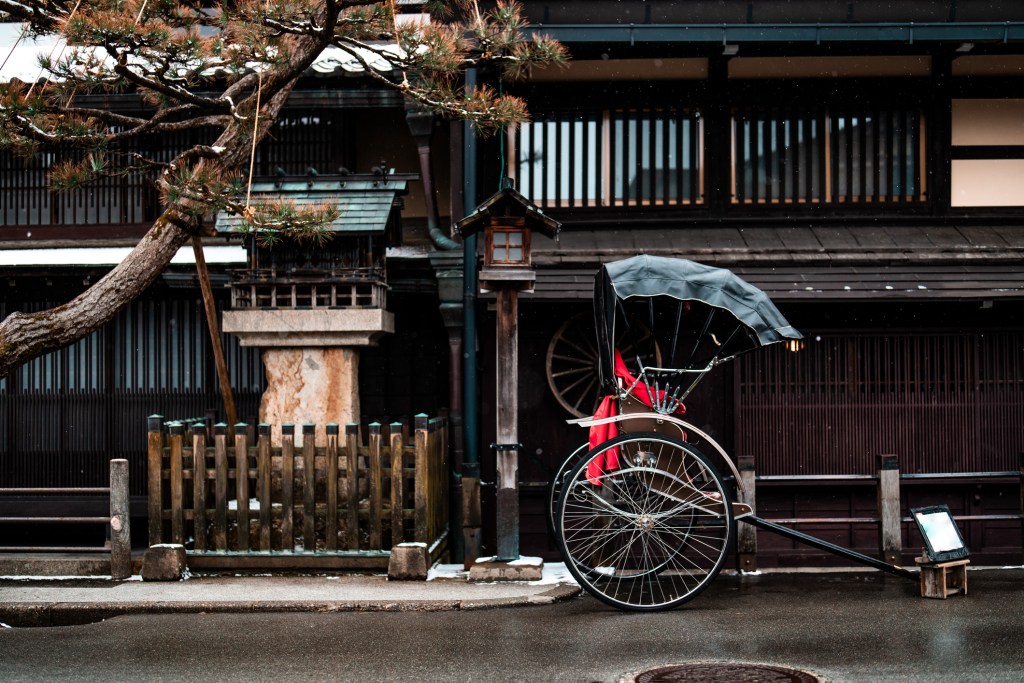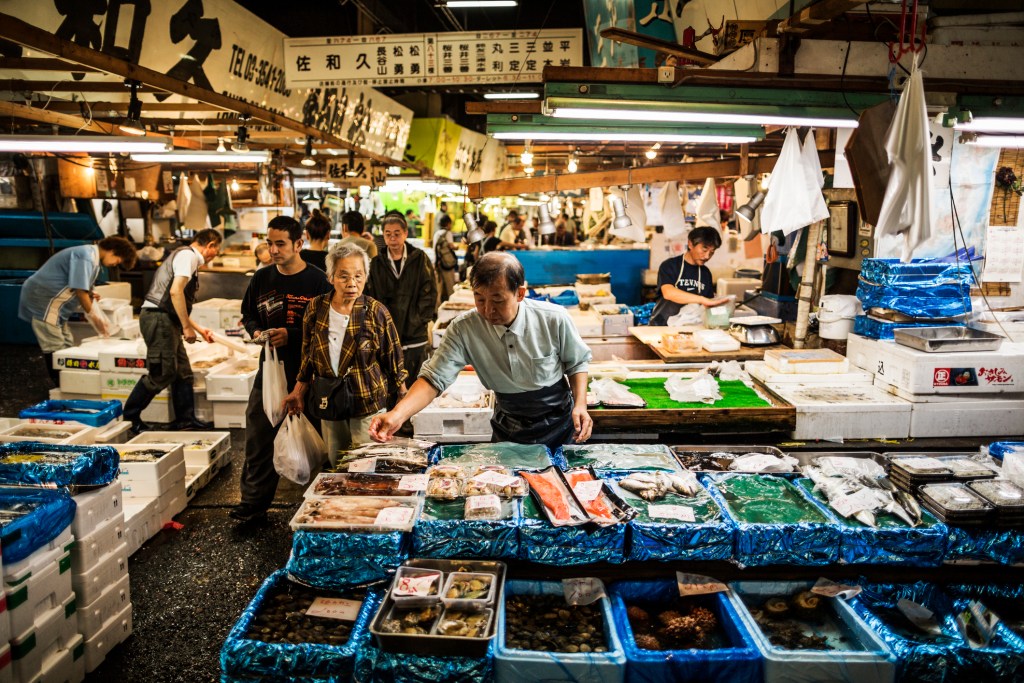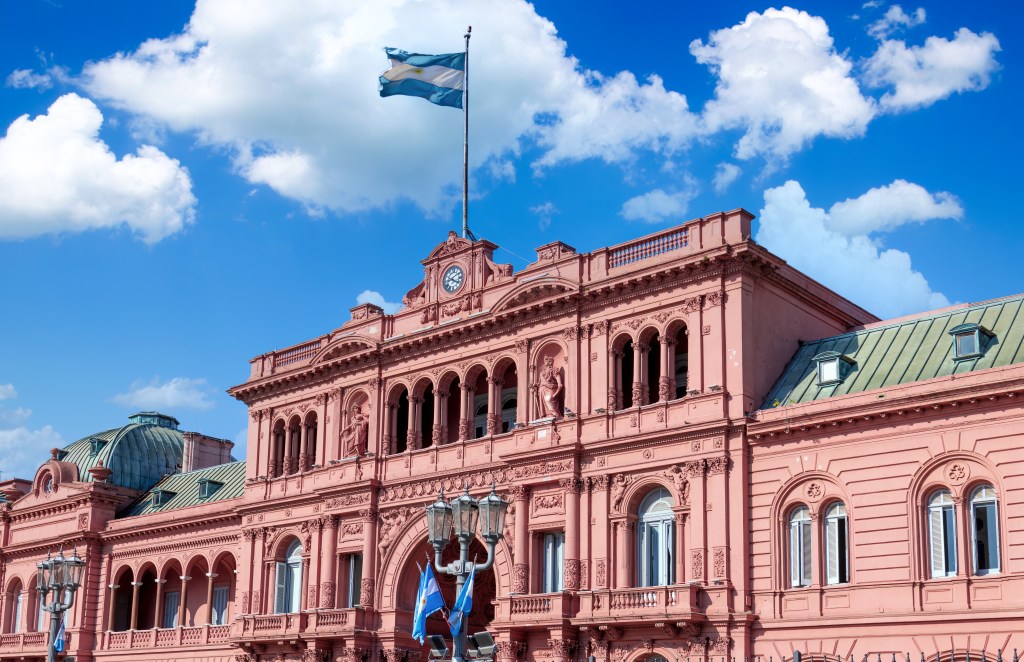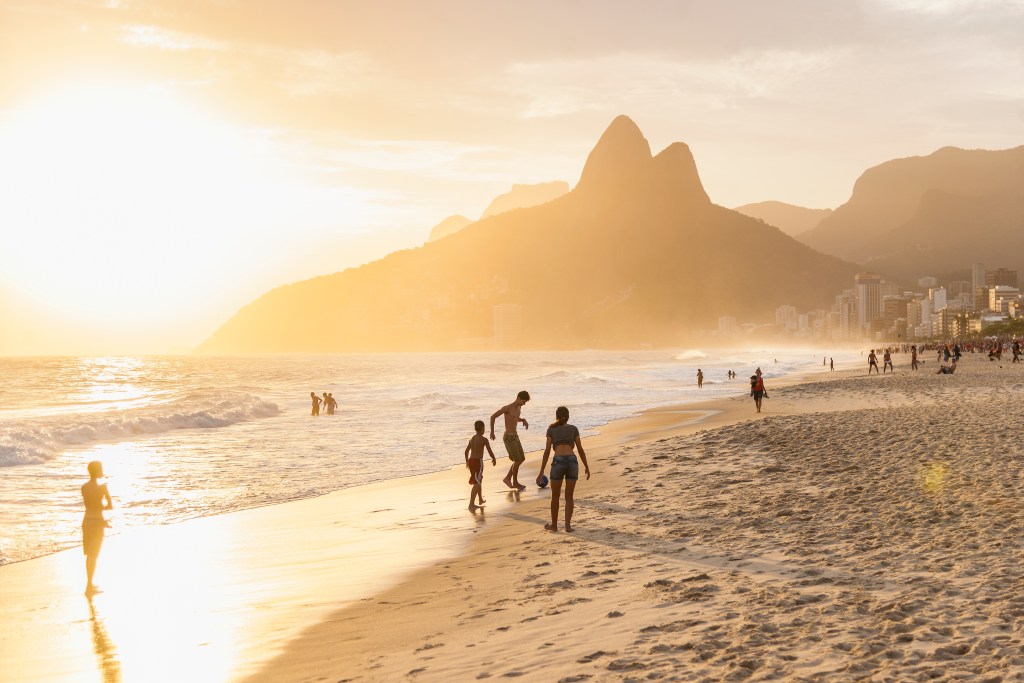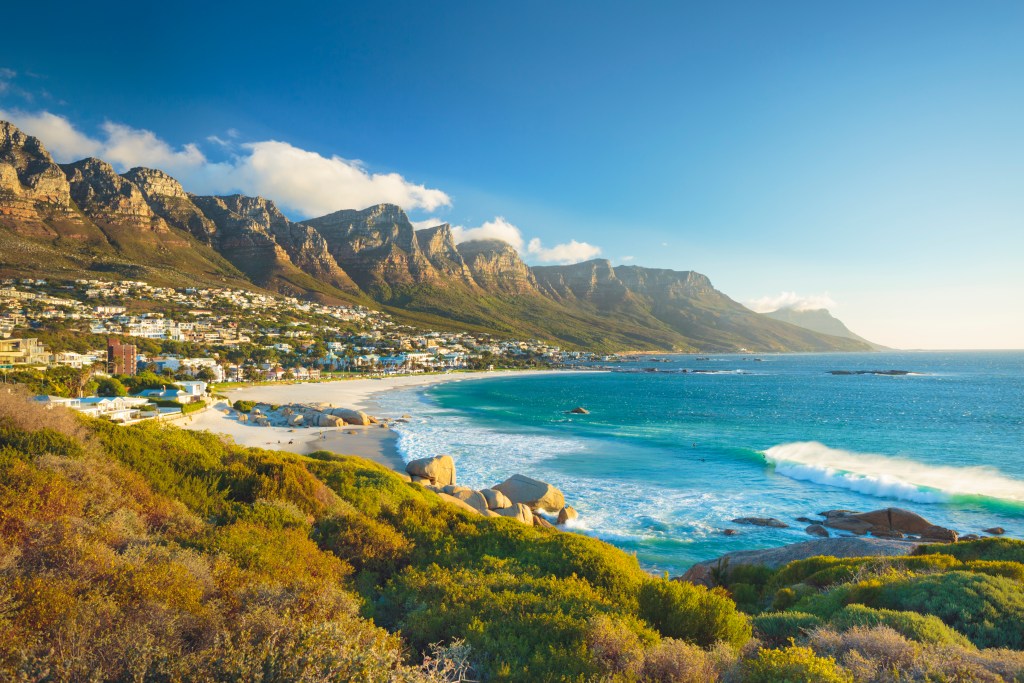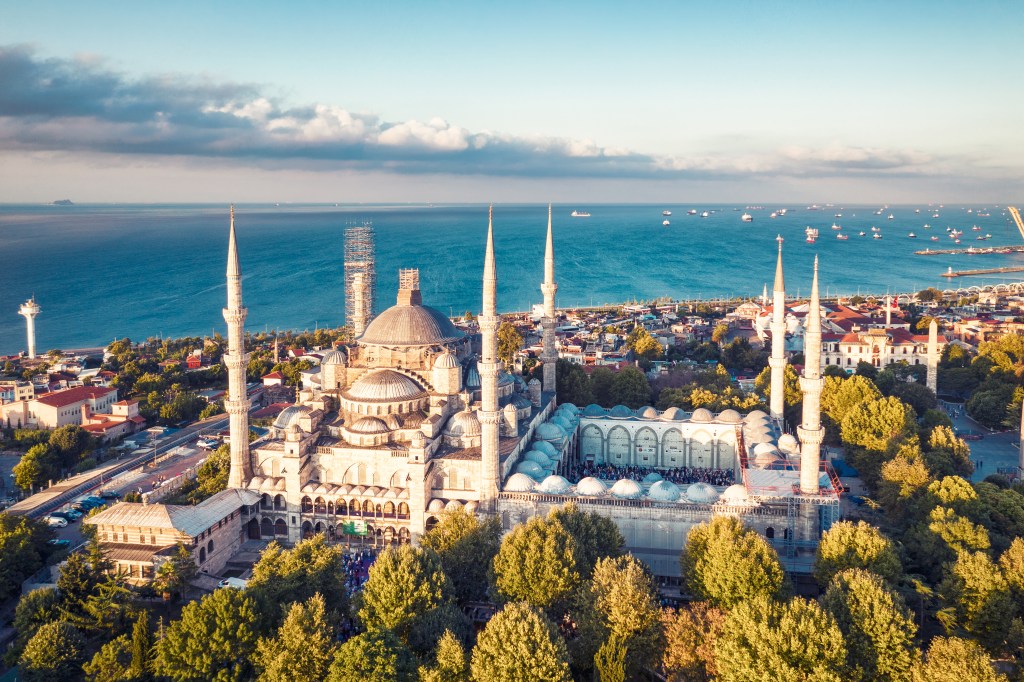2025 is panning out to be a wild one for air travel.
First, because it looks like the Department of Transportation is going to backtrack on the newly released Fly Rights program. Second, because—as of May 7, 2025—the United States will require all domestic passengers to show a Real ID to board the plane.
What’s a Real ID, you might be asking? How do travelers get them? And why doesn’t a standard-issue state ID mean anything anymore?
While news of the requirement hit news waves almost a year ago, there’s still plenty of confusion surrounding the topic.
Let’s wander down the rabbit hole to answer the most pressing questions for American travelers.
What’s a Real ID and why are they going to be required?
The first mention of this new type of identification came back in 2005 when Congress passed the Real ID Act. In a post-9/11 world, the Department of Homeland Security sought to boost its identification techniques.
So, the goal of this legislation was to regulate and streamline how state’s provide formal identification.
Fast forward twenty years and the first actual purpose of a Real ID will be to standardize the type of identification used to board airplanes—and also enter secure federal facilities like courthouses.
A Real ID can be issued state by state for citizens who provide proof of identity and proof of residence at their local DMV. Although it is not required to show proof of social security to obtain one, you do need to know your social security number when applying.
How can citizens get their REAL ID?
As mentioned above, Americans can get their Real ID after showing proof of residence and identity at their local DMV, similar to getting a driver’s license.
In some states, including California, you can expedite the process by applying online and then picking up your ID at the DMV.
Sounds similar to a driver’s license, right? Unfortunately, the TSA (as a federal entity) won’t accept standard driver’s licenses once that May 7 date arrives. However, some states offer ‘enhanced licenses’, including Washington, Michigan, and Vermont. These types of IDs will be accepted as Real IDs.
Aren’t sure if your ID counts? Look in the top right corner of your ID card. If there’s a star, then it’s a Real ID.
What counts as a substitute?
If you’re anything like me, you might be panicking reading through this article. However, there’s one huge silver lining: passports can be used as a substitute for a Real ID.
As long as your passport is up-to-date, you don’t need to bother with a bonus trip to the DMV.
A passport is also valid for accessing federal facilities, from courthouses to statehouses. Additionally, children under the age of 18 don’t need a Real ID to fly. They’ll rely on their parents’ information like normal.
So, if you already have a passport or a star in the top right corner of your driver’s license, you’re good to go. If not, contact your local DMV to figure out how to get the ball rolling—or stay stuck at home once May 7th comes around.
